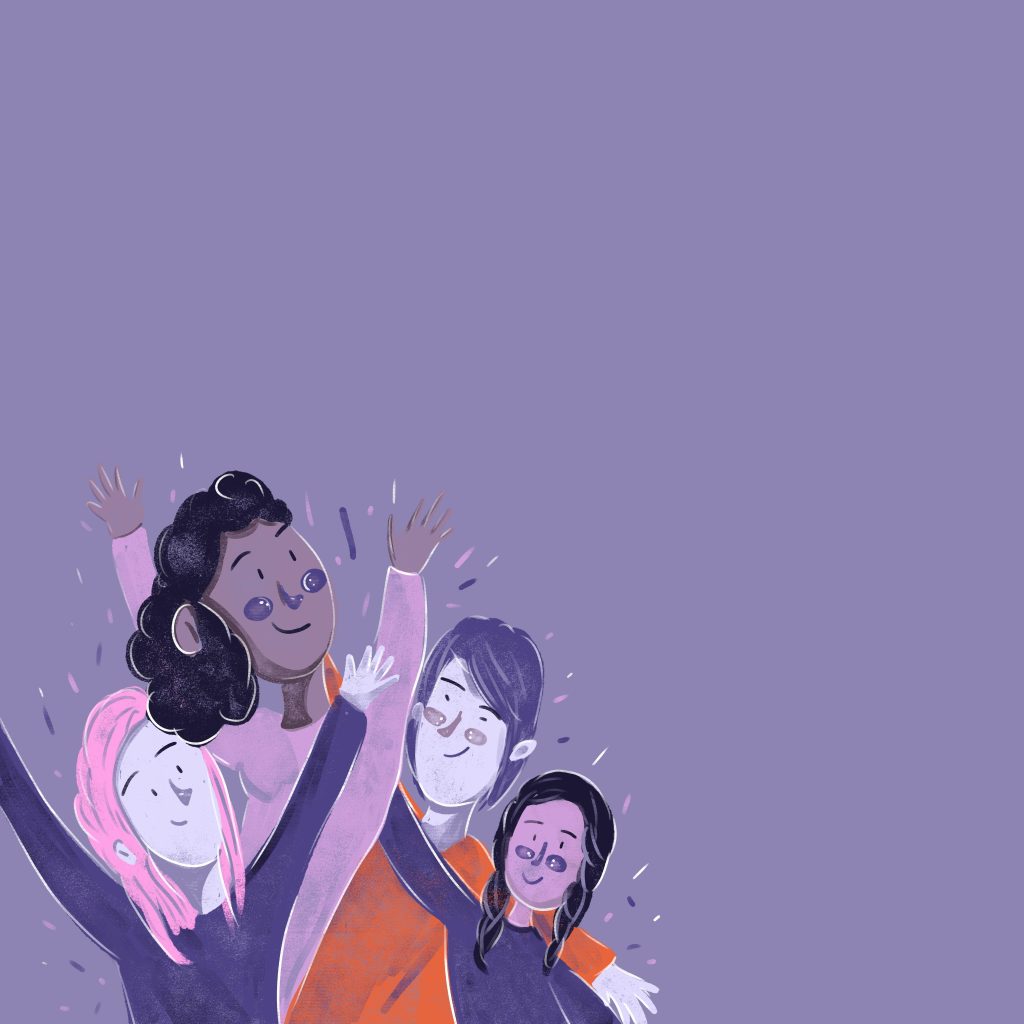WOMEN’S MENTAL HEALTH
Part 2 By: Kathy Simmons
March is Women’s History Month or National Women’s Month, and this seems an appropriate time to talk about women’s mental health. (Men will have their month in June!) This month honoring women has been observed in the US since 1987. There have been and continue to be numerous achievements by women throughout the years. But today I want to look at the price that might have been paid for those and other achievements—in fact, the price that continues to be paid by many women in the present.
Women, men, and children have all suffered extreme mental and emotional trials during the Coronavirus pandemic. First declared as a global pandemic on March 11, 2020, COVID-19 has impacted millions of individuals in a variety of ways. People have suffered physically, financially and emotionally from the virus. As a result, an immense number of individuals’ mental health, male and female, in every age group has taken an extreme toll. However, a prominent population that has been heavily impacted have been women.
According to research, the fatality rate for men has been twice as high than for women—however, the pandemic has impacted more women’s mental health than men’s. Because women represent the majority of the health workforce, they have been at a greater risk for Covid-19 and the emotional toll that comes with it (Thibault, 2020). The effects of the quarantine alone have caused many to feel isolated, lost, and scared—but with a population susceptible to increased mental health issues already, the situation can be overwhelming. According to CARE’s Rapid Gender Analysis and the impact of the pandemic on men’s and women’s lives across 38 countries, the number of women who reported mental health impacts was threefold that of men. More than a quarter of women reported increased stress, anxiety and other mental health struggles. (CARE, 2021) Not only has the labor increased for women in the frontline, but domestic violence and violence against women have increased, too. Shelters, hotlines, and other resources for women experiencing violence have reported a dramatic increase in the number of reportings since the start of COVID-19. Because of the violence and stress on women during the pandemic, post-traumatic stress disorder, anxiety and depression have become more prevalent among women across nations (Johnson, 2021) Another mental hardship women have faced during this time has been related to family stress. Many mothers have had disproportionately more stress and responsibilities, including home-schooling children while often holding down a job themselves and managing their own responses to Covid-19 (Noursi, 2020). Telehealth has become the new normal as an alternative to in-person services, which is safer and more convenient for some—but not all. There have been major disparities amongst communities with a lack of accessibility to resources that may enable others to successfully use telehealth services. Many people don’t have access to the internet in their home. According to an article on PubMed, less than 20% of people who need mental health have access to the services they need (PubMed, 2020). Because of the prevalence rate of women facing mental illness, it is increasingly essential now, more than ever, for women to have the ability to access mental health care and practice self-care. (baylor.edu)
Even though much of this information is negative and disheartening, there is reason to hope for improvement in women’s mental health concerns. On the national front, in recent years government mandates have encouraged federal agencies, such as the National Institutes of Health to respond to the need for mental health research specific to women. Private organizations are also responding to the need to research men’s and women’s health issues separately. As more research comes to light and there is greater understanding of women’s mental health issues, experts are hopeful that targeted treatments will bring better results and more positive outcomes for women with mental health conditions. (everydayhealth.com). Organizations such as NAMI, SAMHSA (Substance Abuse & Mental Health National Helpline), and Texas Health and Human Services work diligently to educate and support mental health in communities. Suicide and violence hotlines, inpatient and outpatient facilities, and private therapists are available to help women, and men, manage their mental health concerns. One really great local resource for mental health help and scores of other services in San Antonio (some free) is sacrd.org.
We, as women, can drastically improve our own mental health by trying some of these activities on a regular schedule:
- Protect your sleep – keep a regular sleep schedule; unplug from all devices 30 minutes before bedtime; don’t eat a heavy late meal; get 8 hours of sleep, if possible
- Maintain a balanced diet; drink sensibly
- Get regular exercise—at least 20 minutes every day of moderate-intensity exercise
- Get involved with your community (this includes going to church); maintain friend/family networks
- Find a hobby or regularly do something that you enjoy (listen to music, journal) (ADAA-Anxiety & Depression Assoc. of America)
- Track your screen time on social media and reduce it; have real-life connections instead
- Re-evaluate your daily/weekly schedule and prioritize activities; eliminate some, if possible; ask for help
- Carve out some alone time for yourself (an hour per day, if possible, with no electronics)
- Practice positive thinking and forgiveness
- See a mental health professional for talk therapy, other treatments, or medication, if needed
Perhaps Women’s Health Month would be a good time to try some of these suggestions. We owe it to ourselves and to the generations after us to live in a less-stressed, more joyful, and healthy way day by day.
